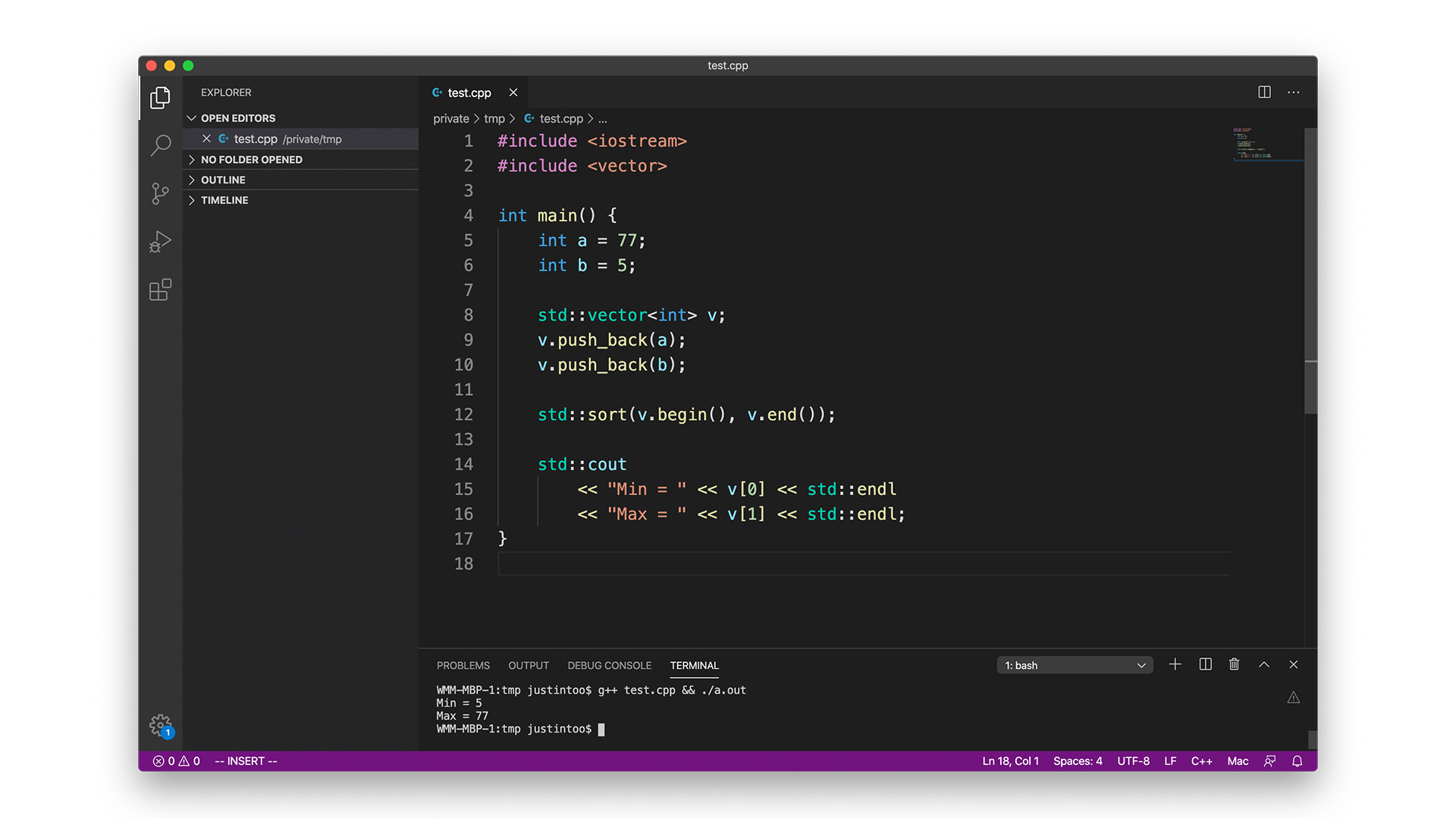
Agility: Principles Over Processes
The Manifesto for Agile Software Development was created in 2001 to lay out a valuable framework for thinking about how we do things (i.e. with agility) without prescribing exactly what we do (e.g. processes like Scrum, Kanban, Extreme Programming, Feature Driven Development, etc.).
Dave Thomas, one of the original founders of agile, emphasizes that the Manifesto was intended to layout agile principles that would describe our chosen processes like an adjective, rather than trying to define an "Agile" noun, which is mostly just good marketing since it sells.
The general concept of agility is about taking small steps forward in order to gain valuable experience and then, in turn, learning from those experiences in order to make the necessary adjustments for continuous process improvement. Often times I've found that this meant being prepared with a plan... to not use my original plan.
The Manifesto outlines four core values: 1) Individuals and interactions over processes and tools, 2) Working software over comprehensive documentation, 3) Customer collaboration over contract negotiation, and 4) Responding to change over following a plan.
Agility translates to building working products that people can quickly get their hands on, instead of spending a lot of time writing detailed specifications first. Agile software development projects focus on empowering cross-functional teams to make decisions in place of big hierarchies and slow processes. It focuses on rapid iteration informed by continuous customer feedback throughout the process.
With all of this in mind, the key takeaway is to remember that to be agile isn't a matter of just what you do, but mostly how you do it. As I like to say, "Don't let the structure get in the way of the intent."



